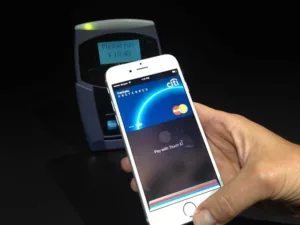Mobile payments are gaining traction in developed countries, says Gartner; half of consumers in mature markets are expected to use smartphones or wearables for mobile payments by 2018. The trend is especially prominent in North America, Japan and some countries in Western Europe.
There are three types of mobile payment systems available today: smartphone/wearable-based; branded systems from banks and credit card providers; and branded types from retailers, such as Starbucks.
Payment systems using NFC, such as Samsung/Apple/Android Pay, will be limited in the short- to mid-term. Gartner says that this is due to a lack of partnerships between retailers and financial organisations, and because consumers ‘see little value’ in such payments.
“Any mobile payment wallets that are tied to the device will have limited adoption and only if the device has a huge installed base”, said Annette Jump, research director at Gartner. “Instead, cloud-based solutions will have a better chance to succeed as they can reach a wider audience and can support many use cases beyond face-to-face or in-store options. Also, mobile payment and mobile wallet adoption requires a country-by-country rollout plan with an enabled payment infrastructure and agreement with major banks and retailers”.
Another ‘personal technology’ prediction, made as part of the same report, stated that ‘By 2018, 75% of TV-style content will be watched through app-based services in mature markets’.
App-based viewing, which is becoming more prevalent, will be disruptive to the traditional pay-TV market, said Gartner’s Derek O’Donnell. Consumers are already cord-cutting in favour of platforms like Netflix. Gartner expects this to accelerate in the next three years. Pay-TV providers will need to provide app-based functionality in order to remain competitive.

